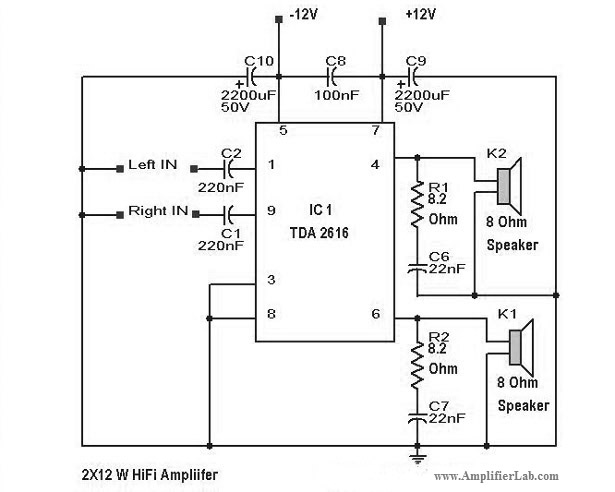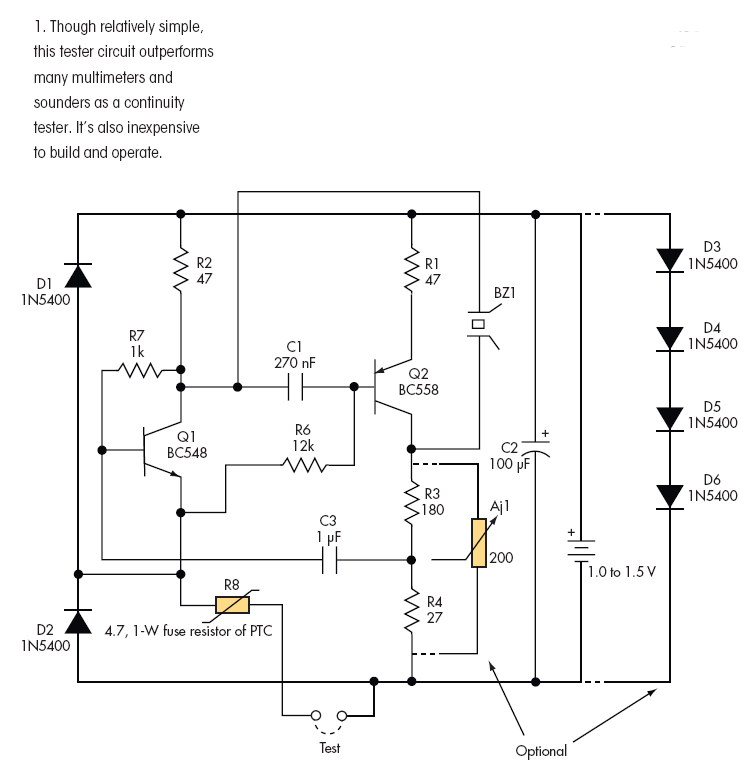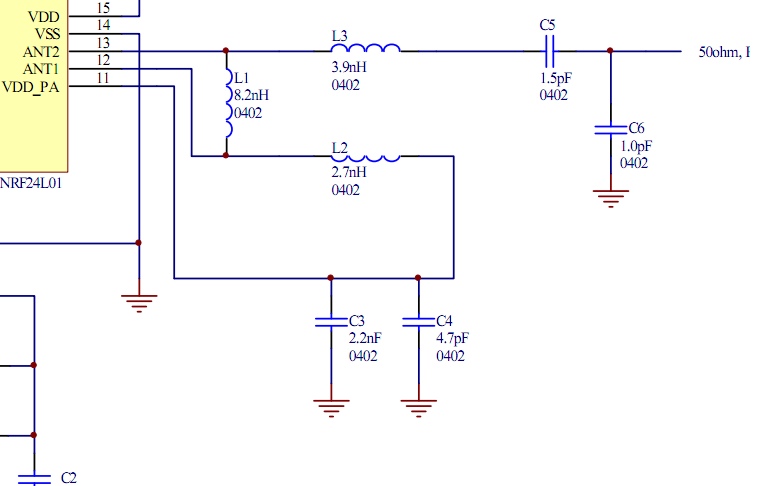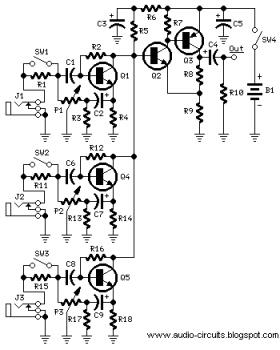
Optoelectronic circuits

Basic information on the construction of various types of lasers from scratch, including topics such as home-built laser safety, setting up a home laser lab, sources of supplies and chemicals, vacuum systems, glass working, structural materials, power supplies, and more. An electronic ballast (inverter) is used to power HID lamps from 12 volts. This circuit can power a variety of small HID lamps (50 watts or less), as well as fluorescent lamps (up to about 40 watts), HeNe lasers, flashes/strobes, and neon tubes from a 12 V car or marine battery or medium-sized gel cell. The laser transmitter/receiver modulates a laser beam aimed at a receiver that demodulates the signal to present information such as voice or data. A lantern flasher/dimmer adds high-efficiency dimming and flashing to an existing battery-powered lantern or flashlight or to a custom design using an LM358 op-amp circuit. The lightning-activated camera shutter trigger circuit is designed to trigger a camera's electronic shutter when a flash of lightning is detected. This circuit can also be used for photographing fireworks displays or other events involving flashes of light. The light-sensitive alarm project detects sudden shadows falling on the light sensor and sounds an alarm, designed to avoid responding to gradual changes in brightness. The LM3915 dot/bar display driver is suitable for signals with a wide dynamic range, such as audio levels, power, light intensity, or vibration.
The construction of various types of lasers involves several critical components and considerations. Safety is paramount, necessitating a thorough understanding of laser safety protocols. A home laser lab requires careful planning regarding workspace organization, ventilation, and the proper handling of hazardous materials. Essential supplies and chemicals must be sourced from reliable suppliers, ensuring adherence to safety standards.
The electronic ballast serves as a crucial component for powering high-intensity discharge (HID) lamps. Operating from a 12-volt power source, the ballast circuit is designed to handle small HID lamps efficiently, with modifications allowing compatibility with fluorescent lamps, HeNe lasers, and other light sources. The circuit typically includes a transformer, capacitors, and inductors to regulate voltage and current, ensuring stable operation.
In the laser transmitter/receiver system, the modulation of the laser beam encodes information, which is transmitted and demodulated by the receiver. The design must ensure precise alignment and focus of the laser beam to maintain signal integrity. This system can be utilized for various applications, including wireless data transmission and remote control systems.
The lantern flasher/dimmer circuit enhances battery-operated lighting solutions by incorporating an LM358 operational amplifier. This circuit allows users to adjust brightness levels and create flashing effects, extending battery life and providing versatile lighting options.
The lightning-activated camera shutter trigger circuit employs a light sensor to detect sudden increases in light intensity, such as that produced by lightning. This circuit can be integrated with various camera models, enabling photographers to capture fleeting moments during storms or fireworks displays.
The light-sensitive alarm project utilizes a simple circuit design that incorporates a light sensor and an alarm system. By detecting rapid changes in light levels, it effectively alerts users to unexpected intrusions or events. The design minimizes false alarms caused by gradual light changes, making it suitable for security applications.
Lastly, the LM3915 dot/bar display driver is a versatile component that can be used in various applications where visual representation of signals is required. Its ability to handle a wide dynamic range makes it ideal for audio level meters, light intensity displays, and other monitoring systems, providing clear and concise output for users.Amateur laser construction basic information on the construction of various types of lasers from scratch including: home-built laser safety, setting up a home laser lab, sources of supplies and chemicals, vacuum systems, glass working, structural materials, power supplies, and more An Electronic Ballast (Inverter) to Power HID Lamps from 12 Volts DC a circuit that can be used to power a variety of small (50 w or less) HID lamps, as well as (with modifications) fluorescent lamps up to about 40w, or HeNe lasers, flashes/strobes, and neon tubes, etc. , from a 12 V car or marine battery or medium-size gel cell Laser Transmitter/Receiver A LASER beam is modulated and then aimed at a receiver that demodulates the signal and then presents the information: voice, data Lantern Flasher/Dimmer adds high-efficiency dimming and flashing to an existing battery-powered lantern or flashlight or to a custom design, LM358 opamp circuit Lightning Activated Camera Shutter Trigger This circuit is used to trigger a camera`s electronic shutter circuit when a flash of lightning is present.
This circuit would also work for photographing fireworks displays or other events involving flashes of light, schematics Light-sensitive alarm project the circuit detects a sudden shadow falling on the light-sensor and sounds the bleeper when this happens. The circuit will not respond to gradual changes in brightness to avoid false alarms LM3915 Dot/Bar Display Driver datasheet The LM3915`s 3 dB/step display is suited for signals with wide dynamic range, such as audio level, power, light intensity or vibration, pdf file
🔗 External reference
The construction of various types of lasers involves several critical components and considerations. Safety is paramount, necessitating a thorough understanding of laser safety protocols. A home laser lab requires careful planning regarding workspace organization, ventilation, and the proper handling of hazardous materials. Essential supplies and chemicals must be sourced from reliable suppliers, ensuring adherence to safety standards.
The electronic ballast serves as a crucial component for powering high-intensity discharge (HID) lamps. Operating from a 12-volt power source, the ballast circuit is designed to handle small HID lamps efficiently, with modifications allowing compatibility with fluorescent lamps, HeNe lasers, and other light sources. The circuit typically includes a transformer, capacitors, and inductors to regulate voltage and current, ensuring stable operation.
In the laser transmitter/receiver system, the modulation of the laser beam encodes information, which is transmitted and demodulated by the receiver. The design must ensure precise alignment and focus of the laser beam to maintain signal integrity. This system can be utilized for various applications, including wireless data transmission and remote control systems.
The lantern flasher/dimmer circuit enhances battery-operated lighting solutions by incorporating an LM358 operational amplifier. This circuit allows users to adjust brightness levels and create flashing effects, extending battery life and providing versatile lighting options.
The lightning-activated camera shutter trigger circuit employs a light sensor to detect sudden increases in light intensity, such as that produced by lightning. This circuit can be integrated with various camera models, enabling photographers to capture fleeting moments during storms or fireworks displays.
The light-sensitive alarm project utilizes a simple circuit design that incorporates a light sensor and an alarm system. By detecting rapid changes in light levels, it effectively alerts users to unexpected intrusions or events. The design minimizes false alarms caused by gradual light changes, making it suitable for security applications.
Lastly, the LM3915 dot/bar display driver is a versatile component that can be used in various applications where visual representation of signals is required. Its ability to handle a wide dynamic range makes it ideal for audio level meters, light intensity displays, and other monitoring systems, providing clear and concise output for users.Amateur laser construction basic information on the construction of various types of lasers from scratch including: home-built laser safety, setting up a home laser lab, sources of supplies and chemicals, vacuum systems, glass working, structural materials, power supplies, and more An Electronic Ballast (Inverter) to Power HID Lamps from 12 Volts DC a circuit that can be used to power a variety of small (50 w or less) HID lamps, as well as (with modifications) fluorescent lamps up to about 40w, or HeNe lasers, flashes/strobes, and neon tubes, etc. , from a 12 V car or marine battery or medium-size gel cell Laser Transmitter/Receiver A LASER beam is modulated and then aimed at a receiver that demodulates the signal and then presents the information: voice, data Lantern Flasher/Dimmer adds high-efficiency dimming and flashing to an existing battery-powered lantern or flashlight or to a custom design, LM358 opamp circuit Lightning Activated Camera Shutter Trigger This circuit is used to trigger a camera`s electronic shutter circuit when a flash of lightning is present.
This circuit would also work for photographing fireworks displays or other events involving flashes of light, schematics Light-sensitive alarm project the circuit detects a sudden shadow falling on the light-sensor and sounds the bleeper when this happens. The circuit will not respond to gradual changes in brightness to avoid false alarms LM3915 Dot/Bar Display Driver datasheet The LM3915`s 3 dB/step display is suited for signals with wide dynamic range, such as audio level, power, light intensity or vibration, pdf file
🔗 External reference





